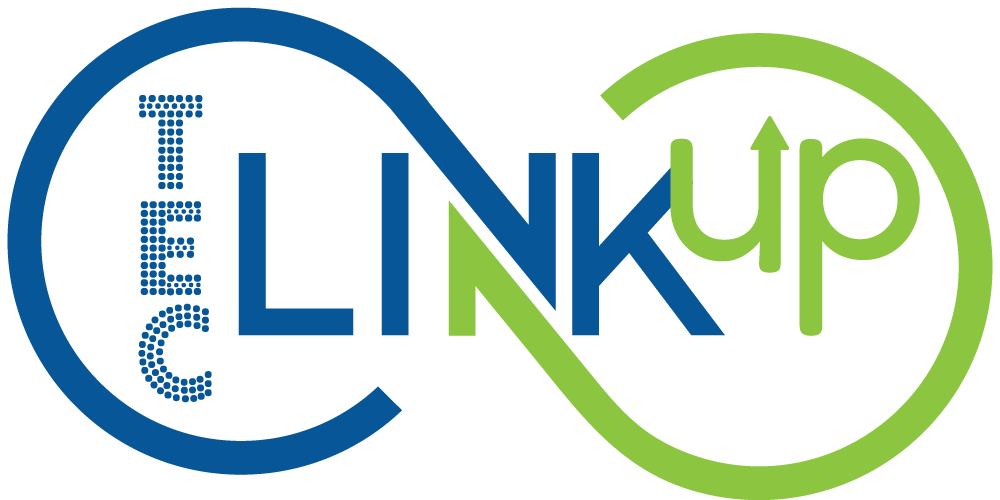Engineering / Solutioning

Engineering / Solutioning
Electric Vehicle (EV) engineering solutioning involves addressing challenges specific to the design, development, and optimization of electric vehicles. The transition to electric mobility requires innovative engineering solutions to optimize battery systems, electric drivetrains, charging infrastructure, and overall vehicle efficiency. Here are key aspects of EV vehicle engineering solutioning:
Product Engineering in EVs:
Electric Motors and Drivetrain:
Designing efficient electric motors and drivetrains is a key aspect of product engineering for EVs. Engineers work on enhancing performance, reducing weight, and improving overall efficiency.
Battery Technology:
Product engineers focus on designing and optimizing the battery systems, which are critical components of EVs. This includes selecting battery chemistries, designing battery packs, and improving energy density and charging capabilities.
Vehicle Design and Aerodynamics:
Product engineers are involved in designing the overall structure of the EV for optimal aerodynamics and energy efficiency. This includes the body design, chassis, and other components.
Integration of Advanced Technologies:
EVs often incorporate advanced technologies such as regenerative braking, energy management systems, and connected features. Product engineers ensure seamless integration and functionality of these technologies.
Battery Technology and Energy Storage:
Cell Chemistry and Design:
Optimize battery cell chemistry and design for energy density, cycle life, and safety.
Thermal Management:
Develop effective thermal management systems to regulate battery temperature and enhance performance.
Fast-Charging Solutions:
Engineer fast-charging technologies to reduce charging times and improve convenience for EV users.
Electric Drivetrain Optimization:
Motor Design:
Design efficient electric motors for optimal power delivery and energy efficiency.
Power Electronics:
Develop power electronics systems to control and optimize the flow of electric power between the battery and the motor.
Transmission Systems:
Implement transmission systems or direct-drive solutions for different vehicle types.
Vehicle Integration and Packaging:
Optimized Layout:
Design the vehicle architecture to accommodate the electric drivetrain and battery while ensuring optimal weight distribution.
Integration of Components:
Integrate electric components seamlessly into the vehicle's structure to enhance performance and safety.
Charging Infrastructure and Connectivity:
Charging Station Compatibility:
Ensure compatibility with various charging standards and design vehicles to work with different charging infrastructure.
Connectivity Features:
Incorporate smart connectivity features for remote monitoring, over-the-air updates, and integration with smart grid technologies.
Safety Engineering:
Battery Safety:
Implement safety features and technologies to mitigate risks associated with battery failures, such as thermal runaway.
Crashworthiness:
Design EVs to meet or exceed safety standards, considering the unique characteristics of electric drivetrains.
Regulatory Compliance:
Emissions Standards:
Ensure compliance with emissions standards applicable to electric vehicles.
Safety Regulations:
Stay informed about and adhere to evolving safety regulations specific to electric vehicles.
Supply Chain and Manufacturing:
Battery Supply Chain:
Optimize the supply chain for battery components and materials, considering ethical sourcing practices.
Manufacturing Processes:
Implement efficient and scalable manufacturing processes for electric vehicles.
Cost Optimization:
Economies of Scale:
Leverage economies of scale in manufacturing to reduce the overall cost of electric vehicles.
Innovative Cost-Effective Solutions:
Identify and implement innovative yet cost-effective engineering solutions.
EV vehicle engineering solutioning requires a holistic and interdisciplinary approach, considering not only the unique technical challenges of electric propulsion but also the evolving landscape of regulations, infrastructure, and consumer expectations in the electric mobility market. Collaborative efforts across various engineering disciplines are essential to address these challenges and drive the widespread adoption of electric vehicles.
